Learn How To Read Food Labels Tutorial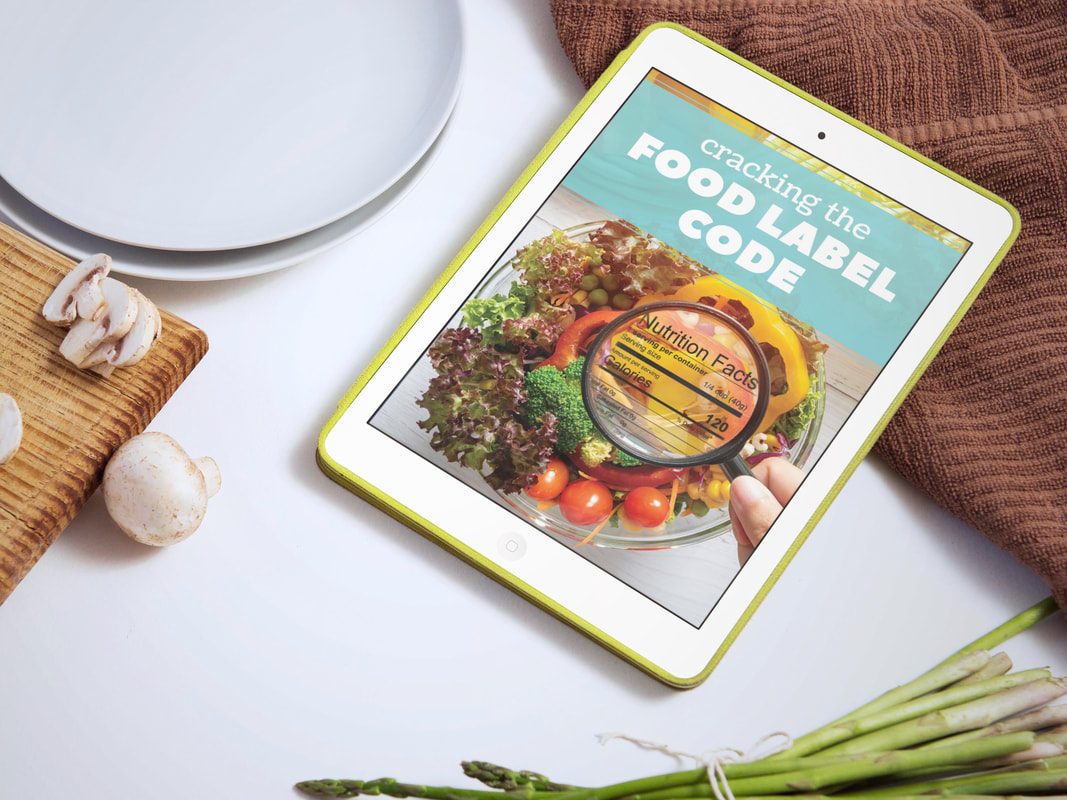 Hey there! I’ve got some fun in store for you today with this mini training! If you’re at home, you might want to run to the kitchen and grab a package of food – anything that has a nutrition label on it will work .. Because I’m about to break down how I read some of the most important parts of the food label, and you might want to follow along! Ok, so on to analyzing your food label! Let's take a look at this nutrition panel. “I go into even more detail in my latest ebook, Cracking the Food Label Code (which is FREE right now - and you can snag your copy here - https://mailchi.mp/07f5b7b9555e/foodlabels … so if this is interesting to you and you want to learn more, you’ll definitely want to grab my FREE guide asap! The first thing I like to look at is the ingredients list. How many ingredients are there? Basically, the fewer the better – that generally means the food you’re eating is less processed. I personally try to keep the ingredients in my packaged food to 5 or less. That’s just my own general rule of thumb. Then, I look at the ingredients themselves. Did you know that they are listed in the order of their weight?? The ingredient used the MOST is listed first, and the ingredient used the LEAST is listed last! And if you can’t pronounce it … it’s probably not something you want to put into your mouth. One of the ingredients you want to pay close attention to is SUGAR! You need to be careful here… because manufacturers can be a little tricky about this. Did you know that there are over 60 different names for sugar!? Here are just a few: Barley malt, dextrose, agave nectar, dehydrated cane juice, and fructose. Here’s another tip: anything ending in “ose” is a sugar! It sneaks its way into everything … so the more you know, the better the choices you’ll be able to make! Also - if you see the words “hydrogenated” or “partially hydrogenated” on the label, that means there are unhealthy trans fats in the food. The second thing you want to look at is the SERVING SIZE. If it’s a half-cup, and you normally eat twice that amount, you know to double the numbers for all the information on the food panel. It’s WAY too easy to eat more than the recommended portion size … so pay very close attention to that number. Third, you want to pay attention to the total # of calories and macro breakdown. While calories aren’t BAD for you… you definitely want to know how many are in there, so you have an idea of how much you’re eating throughout the day. Processed foods often contain a LOT more calories than you think they do - so it’s always a good idea to check. As far as macros (protein, carbs, and fat), I could talk about them all day … so if you want to see my exact breakdown where I lay it all out for you, don’t forget to check out my new eBook: Cracking the Food Label Code. https://mailchi.mp/07f5b7b9555e/foodlabels In a nutshell, you want to make sure the % of fat, carbs, and protein aligns with your overall goals! Fourth, let’s take a look at things you generally want to have LESS of. Sugar is usually one of those things! Women should shoot for less than 25 grams a day, and men, less than 38 grams a day. Next, take a look at the SODIUM content, because that adds up quickly. If you’re concerned about high blood pressure, pay close attention to this number! If you eat processed foods, this is one of the sneakiest items. The American Heart Association recommends eating less than 2,300 milligrams a day of sodium, but they say the ideal amount is actually less than 1,500 milligrams a day. Just for reference, there’s a little over 2,300 mg of sodium in a teaspoon of salt! And don’t forget about the trans-fats that I mentioned earlier. Now, on to the things we actually WANT more of ... this is #5! Take a quick scan of the minerals and vitamins and look at how much of your daily value you’re getting here. I’m talking about things like calcium, iron, vitamin c, etc. Also, check out the fiber. Among many other things, this is good for your digestion and gut health, and it can also help keep you feeling full. Women should aim for up to 25 grams of fiber a day and men should shoot for 38. All of these things add up over the course of the day to keep you healthy and energized! How are we doing so far?! Give me a “like” if you’re still with me! I wanted to share one last thing before I get going ... It’s my 10-second QUICK SCAN Food Label Technique! In just 10 seconds, you’ll know if the food is something you want to put into your cart or not! Here’s what I do. First, I look at the ingredients panel, and if there’s something in it I don’t want to eat, I put it back on the shelf. Next, I look at the serving size. If it seems reasonable, I keep on going! Then, I check the calories and macro breakdown to make sure it aligns with my goals. If it makes the cut, I glance at the sodium, sugars and things I want to have “less” of in my diet. Lastly, I look for the brand with the most “good stuff” in it, like fiber, protein, vitamins, minerals, etc. Pretty simple, right? First, eliminate the not-so-good stuff, and then check for the health bonuses! I hope this helped you. Knowledge is definitely power! And don’t forget to grab my brand-new FREE eBook “Cracking the Food Label Code” where I’ll go into even more detail to help you reach your goals! https://mailchi.mp/07f5b7b9555e/foodlabels Thank you for watching! Be sure to get in touch with us if you have questions and if we can help you. REFERENCES: www.eatright.org/food/nutrition/nutrition-facts-and-food-labels/the-basics-of-the-nutrition-facts-label
0 Comments
Leave a Reply. |
Archives
April 2024
Categories |


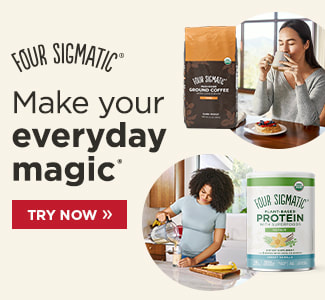


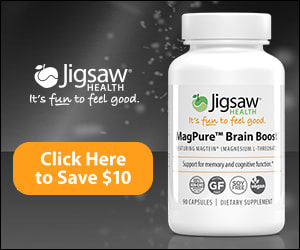
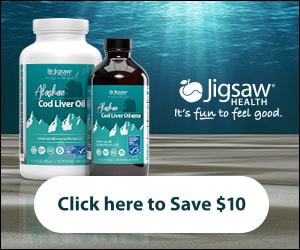
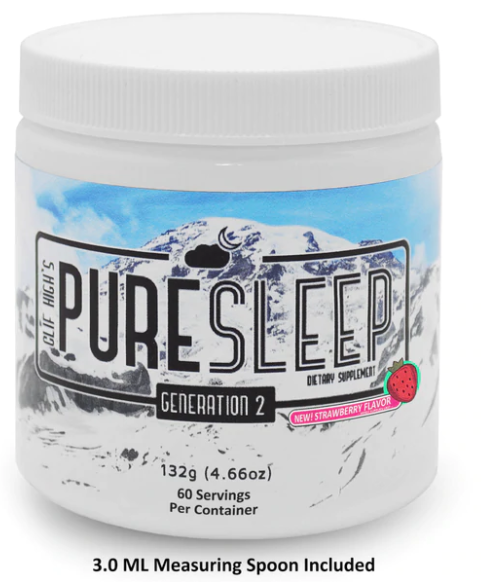
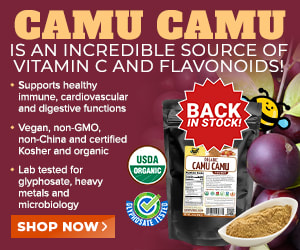

 RSS Feed
RSS Feed
